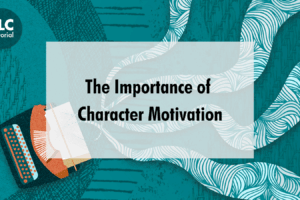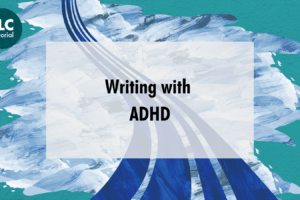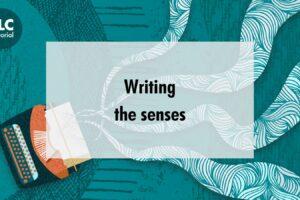This month, experienced author, editor and TLC Reader Mischa Hiller guides us through his top five tips on dialogue.
After reading my fair share of manuscripts I thought I would distill the five most common things that can be problematic with dialogue. These are not hard-and-fast rules but guidance to avoid losing the reader’s attention.
1. What would you like to drink?
“Good afternoon, would you like something to drink while perusing the menu?”
“Yes, a white wine would be nice,”
“The house wine, or something from the wine list?”
“The house wine would be fine, thanks.”
“Large glass or small?”
“Erm, small I think.”
“Of course, shall I tell you about today’s specials?”
At this point the reader at your desired publishing house might already be looking for something else in the slush pile. Unnecessary dialogue like this does not propel the story along. Always ask yourself whether an exchange provides new information or gives the reader an insight into the state of mind of your character. If not, then it can usually be left out or simply written as ‘indirect’ dialogue, as in:
“She ordered the steak sandwich and a double bourbon which earned her a raised eyebrow from the young waiter.”
2. Who said what now?
Nothing annoys the reader more than having to work backwards to try to work out who it was who said the thing that they just read. This is a particular problem in long conversations. As the writer, you know which character is speaking – after all you’ve put the words into their mouths – so you assume everyone else must. Often this confusion is fixed with simple formatting (a new paragraph for a new person) or adding a “he/she/they said”, even if it’s occasional. (Anything other than ‘said’ is over-egging things but see the next point.) If you don’t want to tag speech – and sometimes with fast-moving dialogue it can get in the way – then adding a physical action or reaction helps, as in:
“Nina turned to her, her mouth agape for a second before saying, ‘I don’t believe you.’”
People move around when talking, or fiddle with things, and it adds more interest if you can include that – but again, less is more. Sometimes, however, a non-verbal response can be more powerful, as in:
“He blushed and opened the fridge door, cutting off her view of him.”
It’s always a good idea to read your dialogue aloud or get someone else to read the dialogue and tell you if it’s clear who’s speaking.

3. When things get adverbial
“You’re always saying that,” he said defensively.
“Because you’re always doing it,” she spat.
“I’m tired of arguing,” he said plaintively.
“So am I,” she said, more softly.
You get the idea, I think; it’s wearing to read. Anything other than said is redundant 99% of the time. Readers don’t register said or says after a while. If you absolutely need to stress mood and tone beyond the dialogue itself, then do it with action, breaking up the dialogue in the process so you can slip in the attribution, as in:
“There’s no point talking about this anymore,” she said, stubbing her cigarette out with excessive force. “We just keep going round in circles.”
4. Character-splaining
A two-page monologue by a character which sounds like a Wikipedia entry is always best avoided. Although you see this happen in plot-heavy films, screenwriters get away with it because they can disguise it with distracting action, or it is delivered by an actor who can do it compellingly. In a book it’s more difficult to get right. Best to deliver just enough exposition to get the story moving, then add more later if you need to expand. Again, if it isn’t absolutely necessary to the story, then don’t include it – readers can always go and look things up if they are that interested.
5. This isn’t about you
Finally, and this may seem obvious, speech should match character. A lot of dialogue sounds like the author speaking, rather than the characters. Make sure your characters’ speech varies, both in terms of vocabulary and phrasing. Sometimes it is a matter of using expressions in a distinguishing manner. Some people might say “Can I get…”, or, more unusually, “May I have…”. Others might pepper their speech with “Sure thing” or “Any chance of…”. Someone might say “It pains me to tell you this…” while another will say, “Erm, I’m not sure how to tell you this…”. People also swear differently, and some don’t swear at all. The key thing here is not to overdo it. Establish these speech quirks early on, then only use when you have to.
Happy writing!








